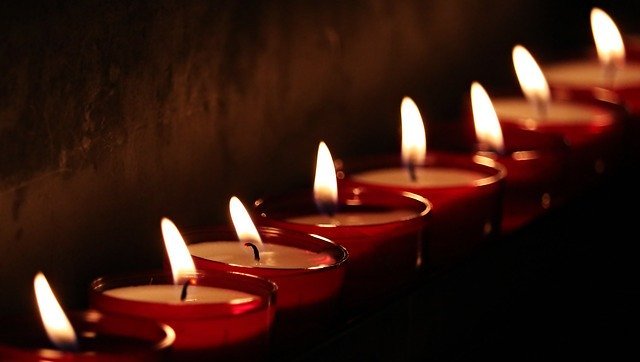How Institutions Lost Trust: Process Over Purpose In Justice System

Social media, powered by networks and ‘we’ communities and armed with irreverence and belligerence, has exacerbated the popular distrust of the old order. It has teamed up with hitherto marginalised forces to set in motion a churn. The trend across the world suggests that we have reached an inflection point, from where the future looks intractable. But what drove the sense of alienation so deep? Why wouldn’t people believe in the ‘system’ that provided order to their lives for so long? It’s a topic with many dimensions. Let’s begin with the judiciary and study it through the trend of encounter killings. The basic premise of this series is how the ‘system’ lost people.
On the wintry night of December 16, 2012, a 23-year-old paramedic student was raped and savagely assaulted by a group of men on a moving bus in Delhi. She died in hospital nearly two weeks later. The incident, popularly known as the Nibhaya case, shook the conscience of the nation. It sparked outrage all over the country; in the national capital it spilled on to the streets. As the call for justice for the girl got defeaning, the case moved to a fast-track court. It framed charges against the four adults accused in the first week of January 2013 and in the second week of September the court announced death penalty for them.
The Delhi high court upheld the death sentence in March 2014. Three years and many petitions from the accused later, in May 2017, the Supreme Court confirmed the HC verdict. It took nearly three more years for the four to hang. In all, it took an apparently open-and-shut case seven years to reach conclusion. This despite it being put on the fast route.
Something doesn’t sound right here. The judicial process grinds slow alright, but how slow can it get? This, we must remember, was a special case with a lot of public and media attention involved. Think of the cases which do not garner similar widespread interest. Justice cannot be revenge, the yearning for which is high among the general public. They want justice to be quick and proportionate to the crime. If provisions in the judicial process are an hindrance then they could be ignored. But that is not what a modern criminal justice system can grant; if it did it would look no better than a tribal court. Yet how long can it make people wait?
Cut to Hyderabad. In late November 2019, a young veterinarian was raped and murdered by four men near a toll plaza on the outskirts of the city. Her half-burnt body was recovered under a bridge. A massive nationwide outcry demanding justice for the victim followed. The police arrested four accused in the case and a week later all of them were killed in an encounter on the same spot. Unprecedented public jubilation follwed the incident. The police were acclaimed as heroes and feted.
Now, let’s move to Uttar Pradesh. After snipers of gangster Vikas Dubey ambushed and killed eight policemen in Kanpur, the conclusion that they would be ‘encountered’ after being caught was foregone. When this eventually happened, a few human rights activists cried foul. Of course, it drowned in the celebratory noise all over. For the state’s police, according to newspaper reports, it was the 119th encounter killing since the current government took charge. The people in the state have been appreciative of the system of quick justice.
Yes, extra-judicial killings militate against the due process of law. It makes police the final arbiter of justice — judge, jury and executioner rolled into one. As evidence suggests, it has been counterproductive in the long run as it undermines the judiciary and allows too much power to be concentrated in the government-police nexus. What then explains the general fascination for such killings?
The answer could be in the criminal history of Vikas Dubey. He had 61 criminal cases against him, including seven of murder, in a career spanning three decades. The killing of policemen was the eighth. Yet he was out on bail continuing his activities. The Supreme Court was appalled that a person like him was moving free. It called it a ‘failure of the institution’. Obviously, there are many like him across the country, chipping away at people’s faith in the judiciary.
If we have come to a point where the basic trust in the system of justice appears to have evaporated, then we need to look at the flaws and correct them. In the Nirbhaya case it was apparent to people that the rights of criminals outweigh that of the victim. The whole rigmarole of review and curative petitions and the mercy plea only tested their patience. This case in some way reinforced the growing perception that those who can hire competent lawyers can game the system. Dubey’s case was further proof that victims of goons can expect no fair deal.
In the case of the judiciary, it is a curious matter of processes overtaking purpose. Those with the resources to manipulate the former hold the edge. Curiously, the police are not held in high esteem by people. When they turn to them for solutions that should be in the sole domain of the courts, it’s a serious situation.
There has to be a way to regain the faith of people.If the judiciary does not initiate correctives, the executive will step in. It won’t be a good signal for its independence.
(This is the second part of a series titled Decoding Democracy)

Comments are closed.